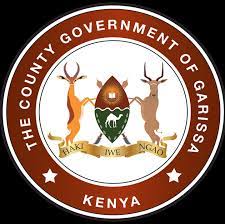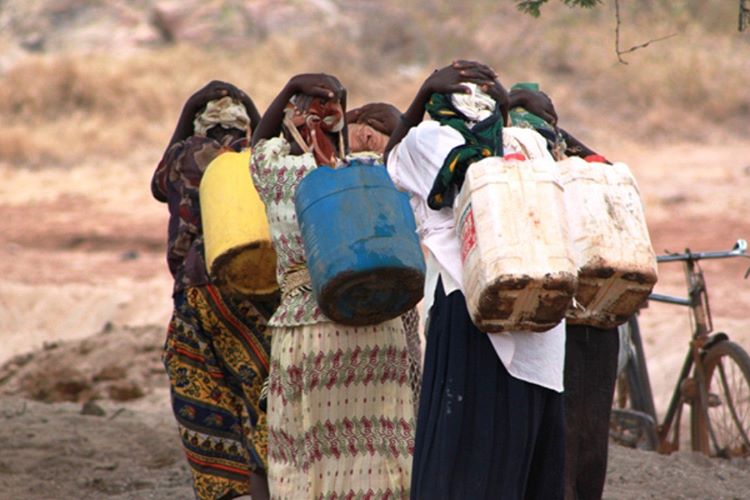You want to see real change in disability care in Kenya—so let’s dive in.
In June, Maji na Ufanisi, together with @MombasaCountyKe, HCSOM, and APDK, led a community-driven initiative that’s reshaping how children with disabilities are supported—right where they live.
In this blog, we’ll explore how ‘community-led disability programs’ anchored in caregiver training, CHPs, and personalized child development plans are building trust, transforming lives, and offering a roadmap for sustainable inclusion.
A Detailed Explanation
What Makes a Program “Community‑Led”?
“Community-led disability programs” place families, local health promoters (CHPs), and local leaders at the center of program design and implementation.
This differs from traditional top-down aid—because here, change grows from local priorities, knowledge, and collaboration. In Mombasa, this formed the backbone of our project: community ownership combined with international technical support.
Here’s how it unfolded:
1. Co‑Design with Local Stakeholders
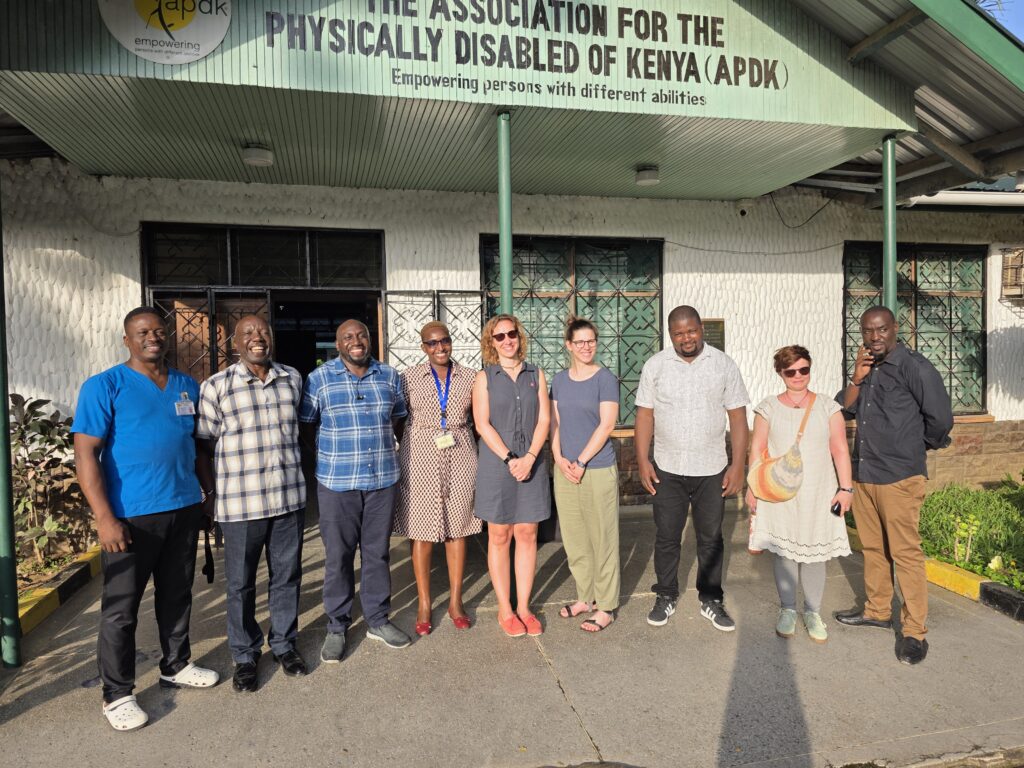
Maji na Ufanisi co-led stakeholder reviews with @MombasaCountyKe’s DMS, APDK, HCSOM, and community leaders.
These sessions shaped goals that reflected the lived realities of families and valleys of support needed.
2. Training & Empowering CHPs
CHPs—Community Health Promoters—received hands-on training in therapy support, disability awareness, and monitoring.
By equipping them, we created an engine for ongoing grassroots care—reachable, respectful, and rooted in community trust.
3. Caregiver Training for Sustainability
Local caregivers—not just professionals—trained alongside CHPs to deliver home-based therapy.
In Jomvu, 67 children were assessed and given individual development plans, with caregivers empowered to lead at home.
As one mother expressed, “we now know what to do, and we’re not alone anymore.” Genuine transformation happens through local agencies..
4. Community‑Led Feedback Loops
Through dialogues in Kibarani with caregivers, area chiefs, and county officials, we refined every detail—from folder formats to communication methods.
“Solutions that listen first, speak second.” That’s when programs truly belong to their people.
5. Infrastructure Inclusive by Design
In BogoBogo, our WASH facility was co-designed with @MombasaCountyKe for universal access—disability-friendly toilets, child safety features, gender-sensitive spaces, and community maintenance committees.
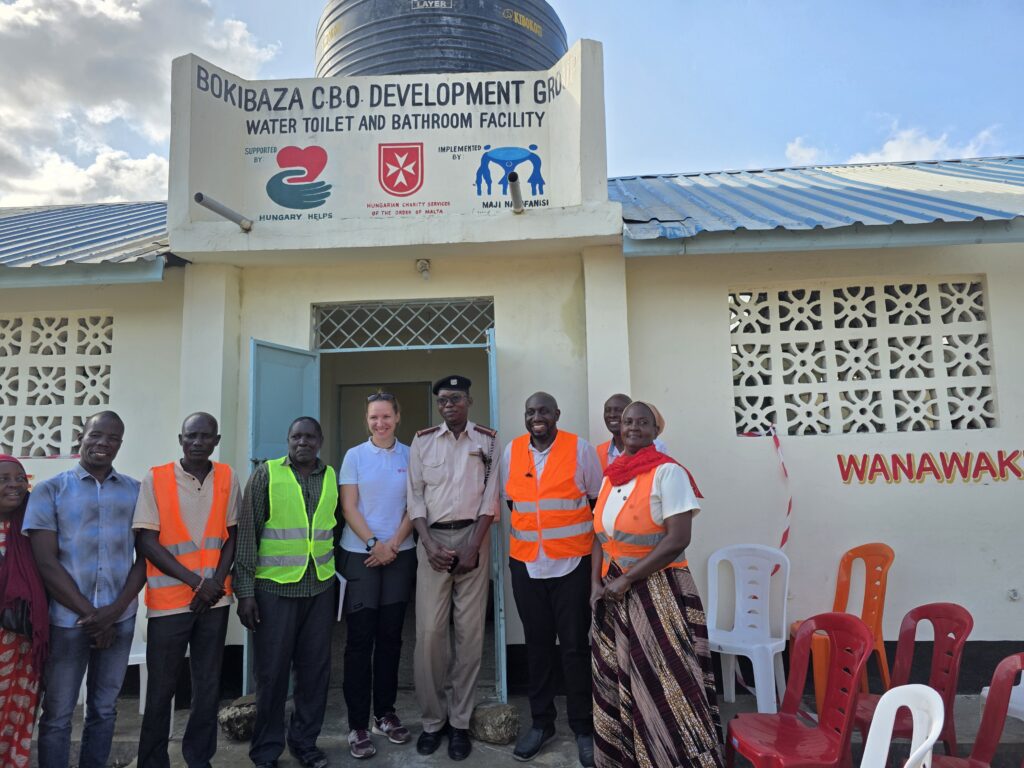
Here’s everything else we cover next:
- Real-impact stories through Grace and Jomvu
- The ripple effect: policy, awareness, and local empowerment
- Lessons for NGOs and governments eyeing inclusion
How Are Real Lives Being Transformed?
Grace’s Journey: A Brand-New Care Map
Grace, 11 and autistic, once faced isolation and uncertainty. Today:
- A tailored child development plan
- A local, trained CHP supporting daily therapy
- A village with better understanding and empathy
Her mother Cynthia shared, “We finally feel seen and supported.”
This isn’t just support—it’s dignity through structure.
System‑Level Change: Caregivers to Advocates
When over 60 caregivers in Jomvu complete training and receive therapy folders, they become community advocates—the best ambassadors of a program’s value.
As Walkabout Foundation noted, caregiver training “empowers caregivers…it creates a ripple effect that could reach thousands”
Disability Care Gains Visibility
APDK’s Coast branch—active since 1992—offers a model that blends therapy, mobility aids, school inclusion, and livelihood training.
We partner with APDK to integrate their CBR approach into Mombasa’s model, ensuring technical quality meets community relevance.
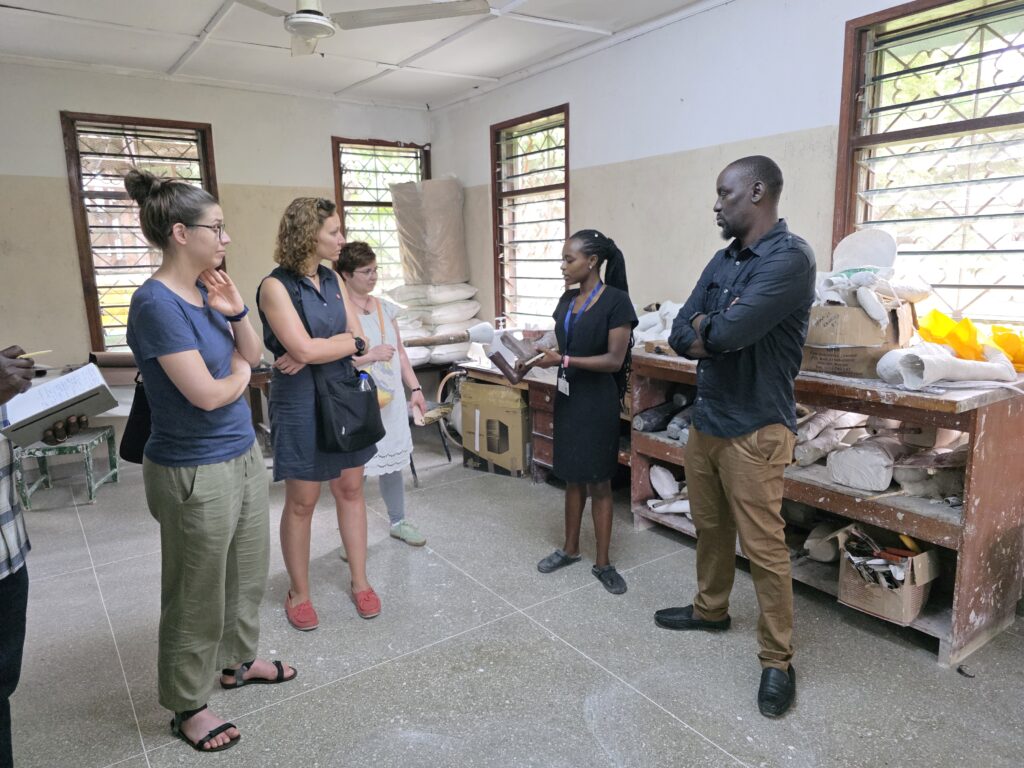
From One Community to County-Level Change
As Kent County explores disability rights legislation and ramps up accessible transport systems, Mombasa’s model becomes a critical example.
A Legacy of Trust and Collaboration
The community-led design fosters trust—from caregivers, leaders, and county staff.
Because when change isn’t delivered to them—but built with them—it’s unshakeable
Why Community‑Led Approaches Work
- Cultural Relevance: Programs anchored in local customs and languages resonate—because real people shaped them.
- Trust: Engagement builds confidence—for professionals, caregivers, and families.
- Sustainability: Trained CHPs and motivated caregivers deliver ongoing, community-based care.
- Cost‑Effectiveness: Local insights guide resources—making sure every shilling goes where it’s needed.
- Scalability: Mombasa’s success offers a template—from grassroots clubs to county policy frameworks.
What Other NGOs & Governments Can Learn
- Invest in training CHPs to create scalable, localized therapy networks.
- Empower caregivers—turn them into allies, not just beneficiaries.
- Co-create feedback mechanisms to adapt in real-time.
- Design for accessibility in both programming and infrastructure.
- Use data and stories in tandem: metrics support scale, while narratives drive donations and policy.
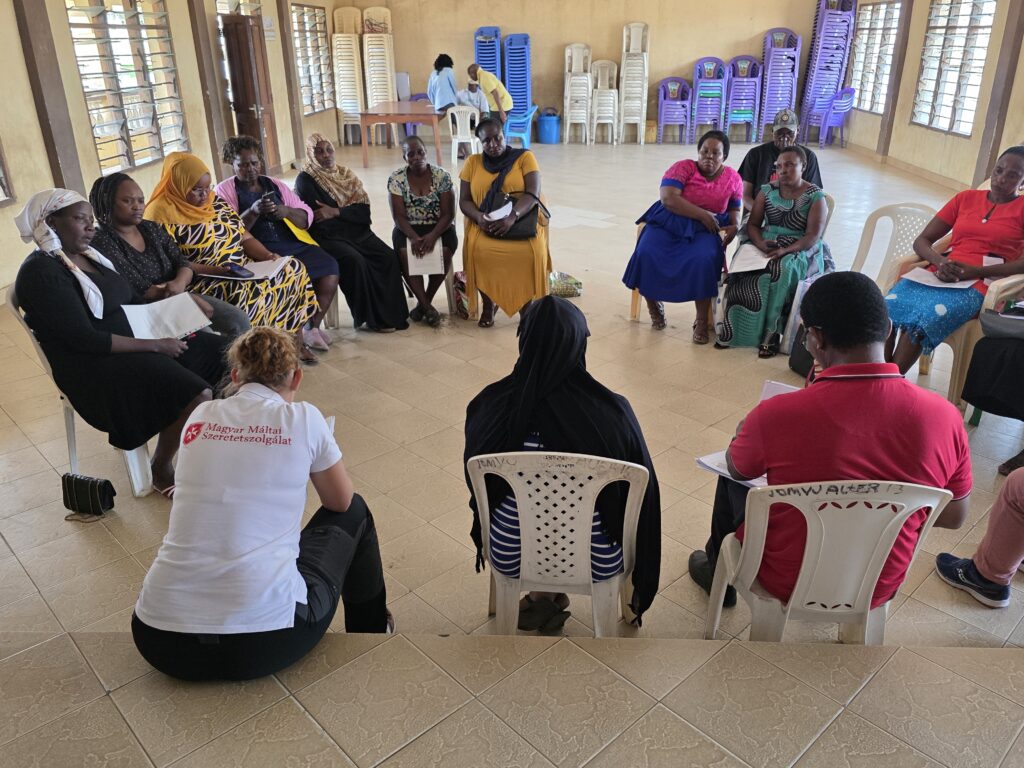
How Maji na Ufanisi Is Leading the Way
At Maji na Ufanisi, we don’t just implement—we design with communities:
- Program Review: Co-leading with @MombasaCountyKe, APDK, HCSOM
- Therapy Delivery: 67 children shared in Jomvu, each with custom caregiver‑led support
- Infrastructure: Built WASH facility in BogoBogo using disability inclusion standards
- Feedback Culture: Real conversations in Kibarani guide next steps
- Client Voice: Grace’s success and Jomvu caregivers’ stories fuel future programs
We believe sustainable change begins when local leaders, caregivers, and CHPs take ownership—and when global partners amplify, not dictate.
Final Thought
Community-led disability programs are transforming lives in Mombasa—driven by caregiver training, CHP leadership, and child-integrated development plans.
When families reclaim hope, CHPs expand capacity, local leaders champion change, and infrastructure respects dignity—the result isn’t temporary relief—it’s lasting inclusion.
Are you ready to fuel this transformation? Partner with Maji na Ufanisi to scale what’s working—or start your own journey toward truly community-led change.
📌 FAQs
1. What is a community-led disability program?
It’s a model where communities co-create and own disability initiatives—from planning to delivery.
2. Why include caregivers?
They offer daily support, cultural insight, and drive sustainability.
3. Who are CHPs?
Community Health Promoters trained to deliver local care, monitor progress, and link to county services.
4. How do child development plans help?
They outline personalized goals, therapy schedules, and caregiver actions—so every child advances.
5. What’s APDK’s role?
APDK provides technical expertise in rehabilitation, education inclusion, and assistive devices.
6. Is this replicable elsewhere?
Absolutely—community-led and CBR approaches are proven models across Africa.
7. How do we measure impact?
We use assessments, caregiver feedback, therapy milestones, and community engagement metrics.
8. How to get involved?
Donate, advocate, or partner with Maji na Ufanisi to expand to new counties.
9. What about policy change?
By demonstrating success in Mombasa, we support county-wide legislative inclusion—accessible transport, sign language, disability rights.
10. How do global partners help?
They bring best practices, technical support, and funding—but always in service to local leadership and context.
You can be part of this story—a story of dignity, local leadership, and lasting inclusion. Partner with Maji na Ufanisi today.

